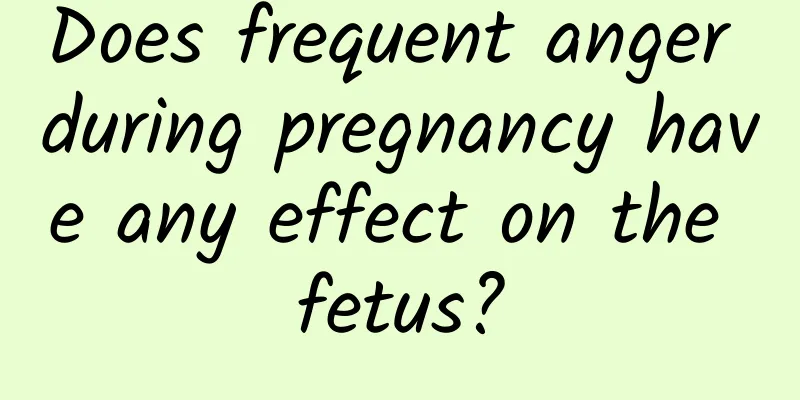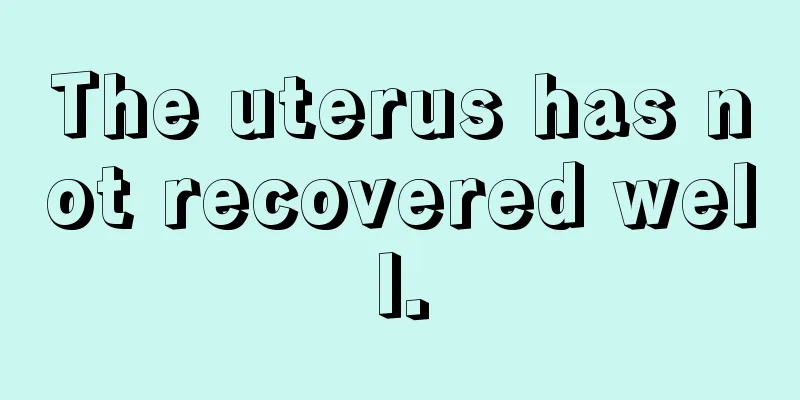What to do if you have uterine cyst and stomach pain

|
Uterine cyst, also known as ovarian cyst, is a relatively common gynecological disease. After suffering from ovarian cyst, it is necessary to receive good treatment in time, especially for women who have not yet given birth. Ovarian cyst is also an important cause of female infertility. Of course, we must also be alert to the malignant transformation of the cyst. We must conduct good examinations in time, clarify the specific symptoms, and then carry out symptomatic treatment. What to do if you have uterine cyst and stomach pain 1. Treatment of benign cysts (1) General treatment If it is a simple cyst, without septa, intracystic papillae, calcification and other complex features, it is basically benign and can be observed conservatively. The cyst will usually be smaller or gone when you check it out again 4-8 weeks later. If the cyst does not disappear, but ultrasound shows that it is still a simple cyst, you can still continue to observe closely. If physiological ovarian cysts are accompanied by endocrine symptoms such as menstrual disorders, oral medications can be used to alleviate the symptoms. However, for pathological cysts, no oral medications with clear therapeutic effects have been found so far. (2) Surgical treatment Ovarian cystectomy is often performed on young patients, especially premenopausal patients, while preserving normal ovarian tissue as much as possible. Salpingo-oophorectomy: For older women (over 45 years old) or postmenopausal women, unilateral or bilateral salpingo-oophorectomy can be performed. 2. Treatment of malignant cysts For cysts that are considered malignant or have unclear diagnosis, the resected material should be sent for pathological examination after surgery to determine the nature of the cyst under a microscope before considering the next step of treatment. If an ovarian cyst shows complications such as torsion, rupture, bleeding, or infection, emergency surgery should be performed. Most patients are already in the late stage of the disease when they seek medical treatment, so during treatment, every effort should be made to remove the primary cyst and visible pelvic and abdominal metastases. Currently, a blanket-style removal of the uterus and tumor along with the pelvic peritoneum is often used, such as omentectomy, partial intestinal resection, partial bladder resection, and ureter resection. Consideration should also be given to placing a catheter in the peritoneal cavity to facilitate postoperative intraperitoneal injection of chemotherapy drugs. |
>>: Left lower abdominal pain in early pregnancy
Recommend
Will I gain or lose weight during my period?
Menstruation is a special period for women, and t...
What are the symptoms of stomach pain in women
Symptoms of stomach pain in women include abdomin...
Can I have sex 20 days after a miscarriage?
It is best not to have sex within twenty days aft...
Fake pregnancy is also two bars
With the promotion and sales of pregnancy test st...
Women may want to be jealous of bees to maintain their health
1. Honey: The nutritional and anti-aging value of...
Poor follicle growth
The maturity of the follicles is directly linked ...
Application of modern puzzle games in the prevention and treatment of dementia
This is the 3208th article of Da Yi Xiao Hu The l...
What is the best time to drain residual milk?
Mothers need to breastfeed after giving birth. Ge...
What causes bleeding the next day after sex?
Under normal circumstances, vaginal bleeding in w...
When "double antibody" meets surgical operation
This is the 4804th article of Da Yi Xiao Hu A pat...
Top five beef diet recipes, learn them quickly if you want to lose weight!
Maybe everyone has the impression that meat produ...
Menstrual bleeding
Women have heavy menstrual bleeding and the bleed...
Does small breasts mean less milk?
Small breasts do not necessarily mean insufficien...
What is the treatment for constipation in women?
Constipation is a problem for many people. If con...
What are the sequelae of ovarian removal?
What are the sequelae of ovarian removal? Many fe...









